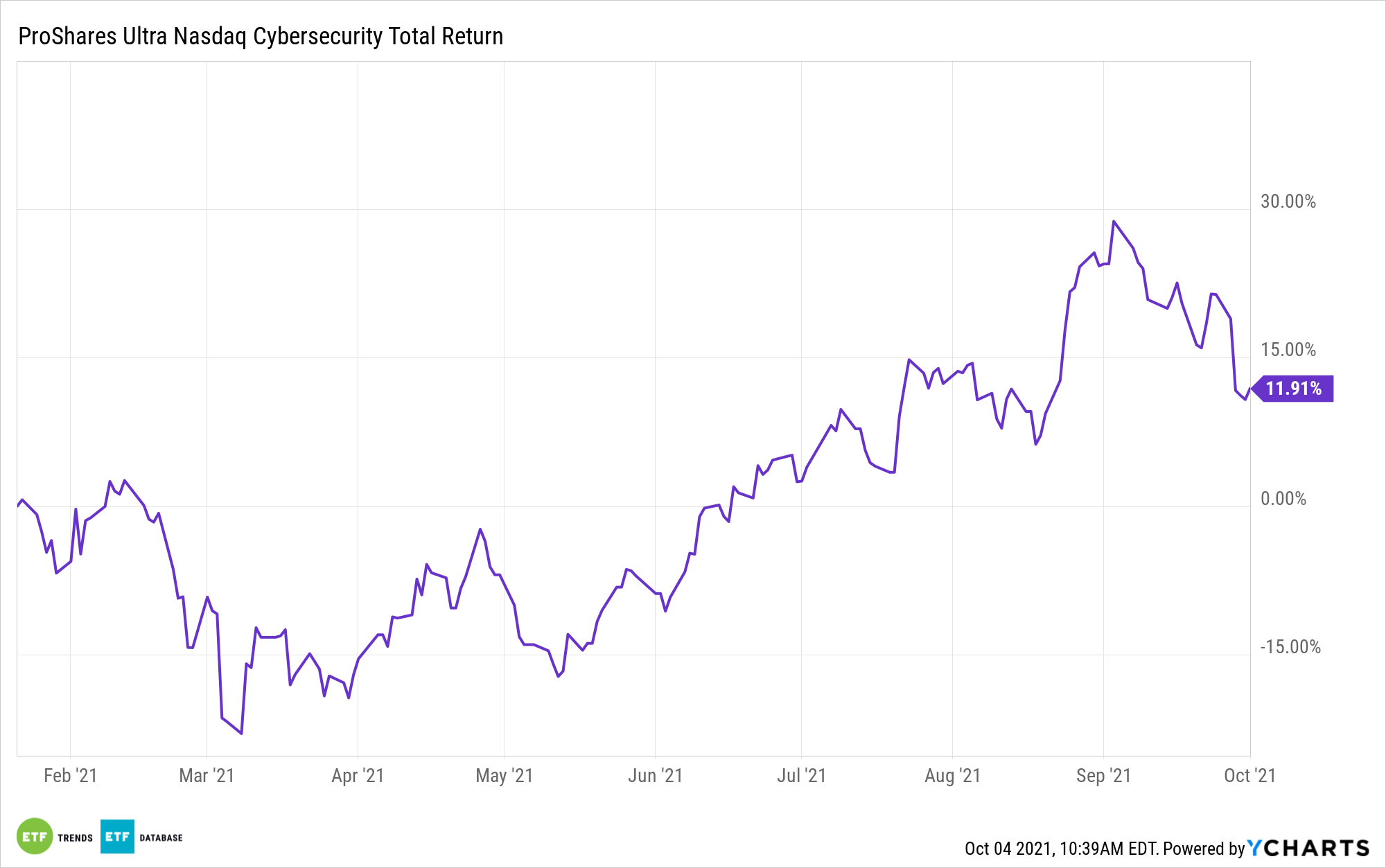The benefits of using artificial intelligence and machine learning are being capitalized on across industries, and sectors and businesses continue to find new ways to integrate the technology into their business models. One such area is cybersecurity, which is reaping the benefits of machine learning algorithms.
Large datasets are being collected and run through machine learning algorithms that can be trained to make human-like decisions from the data, or even to spot patterns where a person might have overlooked them.
IT security systems collect massive amounts of data that are produced by IT operations and development, reports Forbes. That information includes the logs of data stored on networks from users, network activities, and more.
Machine learning algorithms can sift through the data to find patterns and identify activities that are potential threats. Each identification causes the algorithm to “learn” to identify a particular data set input with a known output and makes each scan more accurate as it constantly evolves.
Using AI and machine learning helps to avoid the pitfalls that data science can often have of identifying outliers as threats when they were harmless, one-time instances; data science would still identify such an occurrence as a positive on a threat scan.
Machine learning is able to not only just filter through data; it can also run it against its own bank of risk assessment for individual activities, and therefore it is much more likely to recognize outliers for what they are and instead identify core risks. By identifying the main issues, it saves security professionals time digging through through a whole lot of positive instances that might be mostly outliers and instead allows them to focus on the core problems immediately.
AI and machine learning systems work best in real time, with their ability to quickly sift through lots of data, compare it to their learned outcomes and assessments of risks, and identify problems and threats as they happen. This is an added barrier for companies to rely on and a tool that continues to grow in use, particularly within cybersecurity, which is a dynamic environment with new threats emerging constantly.
UCYB Invests in the Cybersecurity Industry

The ProShares Ultra Nasdaq Cybersecurity ETF (UCYB) is a leveraged ETF that tracks twice the daily returns of the Nasdaq CTA Cybersecurity Index, the same index tracked by the First Trust Nasdaq Cybersecurity ETF (CIBR).
In fact, UCYB holds CIBR, then uses swaps contracts on that ETF to obtain leveraged exposure.
UCYB’s underlying benchmark tracks companies that build, implement, and manage security protocols for public and private networks. To be included, companies must have a minimum market cap of $250 million. Within the index, no singular security can carry more than 6% weight. Lower volume securities have even tighter weighting restrictions.
UCYB’s benchmark tracks companies such as CrowdStrike Holdings (CRWD), Accenture Plc (ACN), and Cisco Systems (CSCO).
As a leveraged fund, UCYB carries different, greater risks than non-leveraged funds, and should be actively monitored.
UCYB carries an expense ratio of 0.98% with a contractual waiver that ends on September 30, 2022.
For more news, information, and strategy, visit the Nasdaq Portfolio Solutions Channel.

